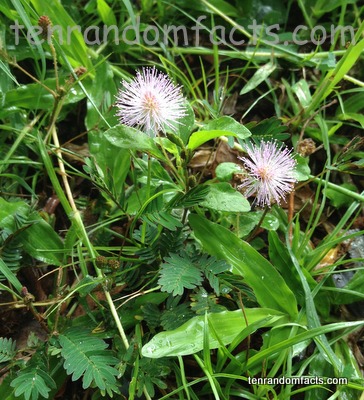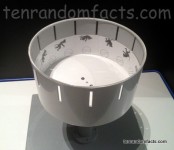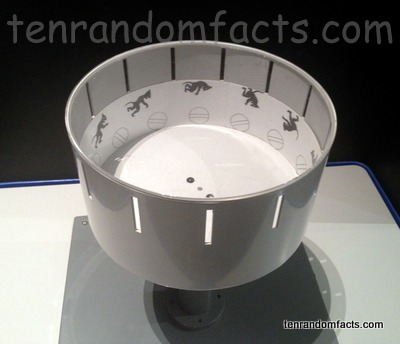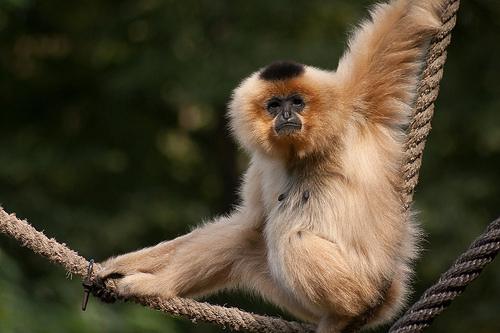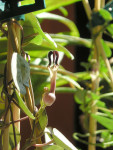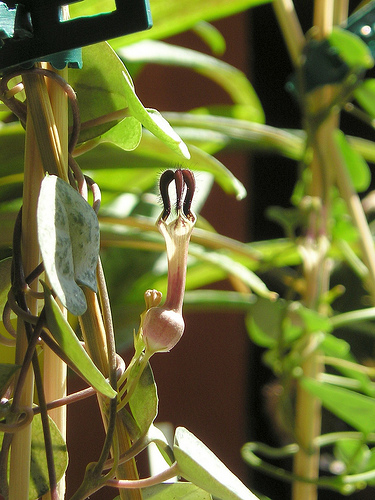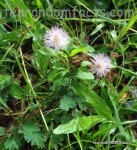
Sometimes you just want to shrink away. Sensitive plants know how you feel.
- Sensitive plants are a species of plant, originating in tropical areas of South and Central America.
- ‘Sensitive plants’ are also known as ‘shy plants’, ‘sleepy plants’, ‘humble plants’, ‘common sensitive plants’, ‘touch-me-not plants’, and ‘shameful plants’.
- The scientific name of a sensitive plant is Mimosa pudica and it is from the family Fabaceae, the family of legumes.
- Sensitive plants have thorny stems, and fern-like leaves that are peculiar in nature, as their leaflets fold inward when touched or shaken, and they reopen minutes later.
- The small pink to purple flowers of sensitive plants are made up of lots of stamens that create a spherical shape, and after flowering the plant produces seed pods that are bordered with prickles.
- When the leaflets of sensitive plants fold, water is being purged from the leaf cells using potassium ions and others, which causes the leaf cell to collapse.
- Sensitive plants have been introduced into Asia, particularly the east, as well as parts of Africa, and it is considered an invasive weed in areas of Australia.
- Sensitive plants are often grown for their unusual nature of leaf-folding, and they can be grown inside in pots, although they will need sufficient light to thrive.
- The height of a sensitive plant usually reaches 15 to 45 centimetres (6 to 18 inches), and it is considered to be a ground cover, so it tends to have a spreading habit.
- Sensitive plants can be grown as a perennial or an annual, depending on the climate and growing conditions, and the plant has medicinal properties that have been traditionally used for treating wounds, among other things.



